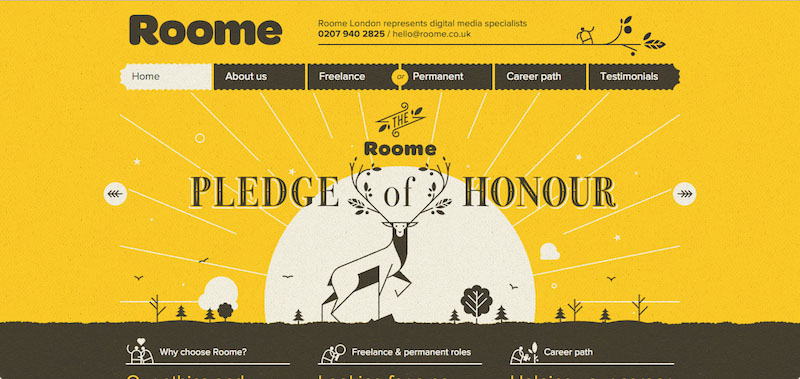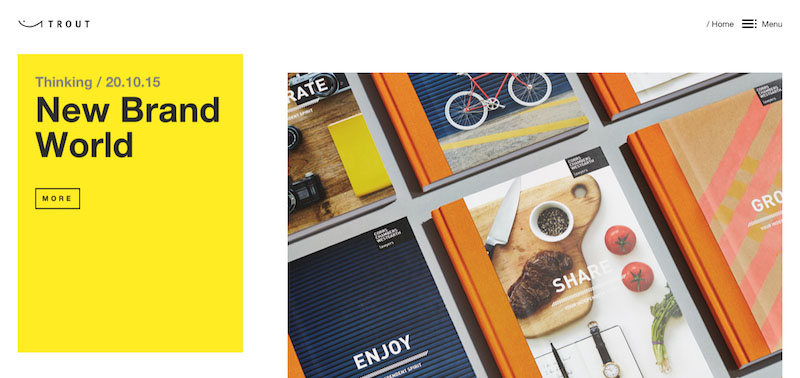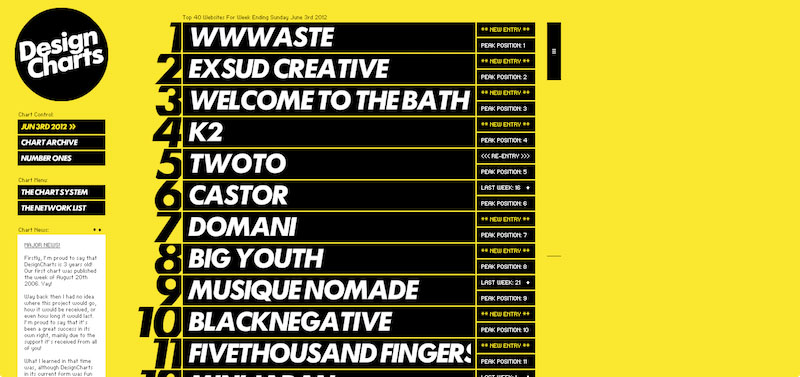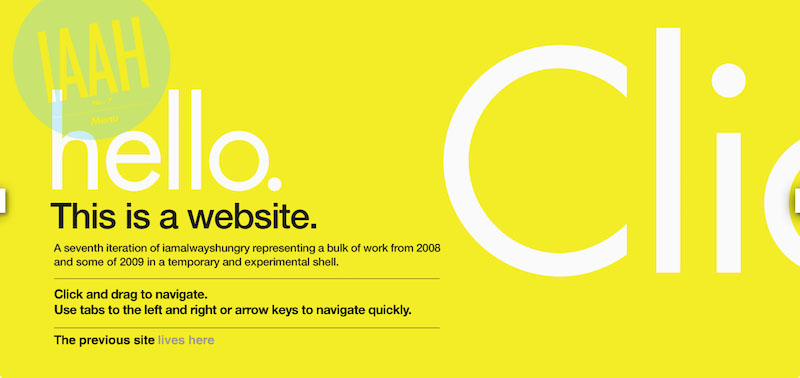The Power of Yellow
Lately I've been attracted to the color yellow. I love bright colors, and yellow is the brightest of them all.
It seems to match my optimistic personality too. Here are some facts about this distinctive hue:
- Colors incite both positive and negative emotions. Some positive emotions associated with yellow include
happiness, excitement, originality, enthusiasm, confidence, hope, and creativity. Negative feelings
connected to yellow are cowardice, illness, caution, betrayal, egotism, and anxiety ("Yellow | Color Psychology").
- Universally, a bright yellow means warmth and sunshine. In Japan, it "often represents courage."
In Mexico however, yellow marigold flowers are associated with death ("Yellow").
In Britain, it can mean honor. During spring festivals in India, many people will wear yellow clothes and eat yellow food,
such as sweets. In Egypt, yellow is worn at weddings and can represent "good fortune" ("International Color Guide").
- How does looking at this color affect us physically? Well, it tends to stimulate mental processes
("All About the Color YELLOW").
In a design context, it helps to grab your attention. It can brighten your mood or uplift you. On the other hand, because
it's the first color processed by the human eye, it's used for road signs to warn a person of possible danger
("Yellow").
-
While yellow represents clarity and thoughtfulness, ("The Color Yellow")
too much of it can irritate the eye and cause fatigue. There is a myth that babies in yellow rooms are more likely to cry,
but this has not been scientifically proven. Lighter shades of yellow "can be comforting" though
("Color and Vision Matters"). A soft yellow is sometimes used as a
gender neutral color for babies, as opposed to pink or blue ("Color Theory for Designers Pt. 1").
In reality, colors have no gender accept the ones humans have assigned to them since gender is a social construct...but I digress.
Websites that Use Yellow
Works Cited









